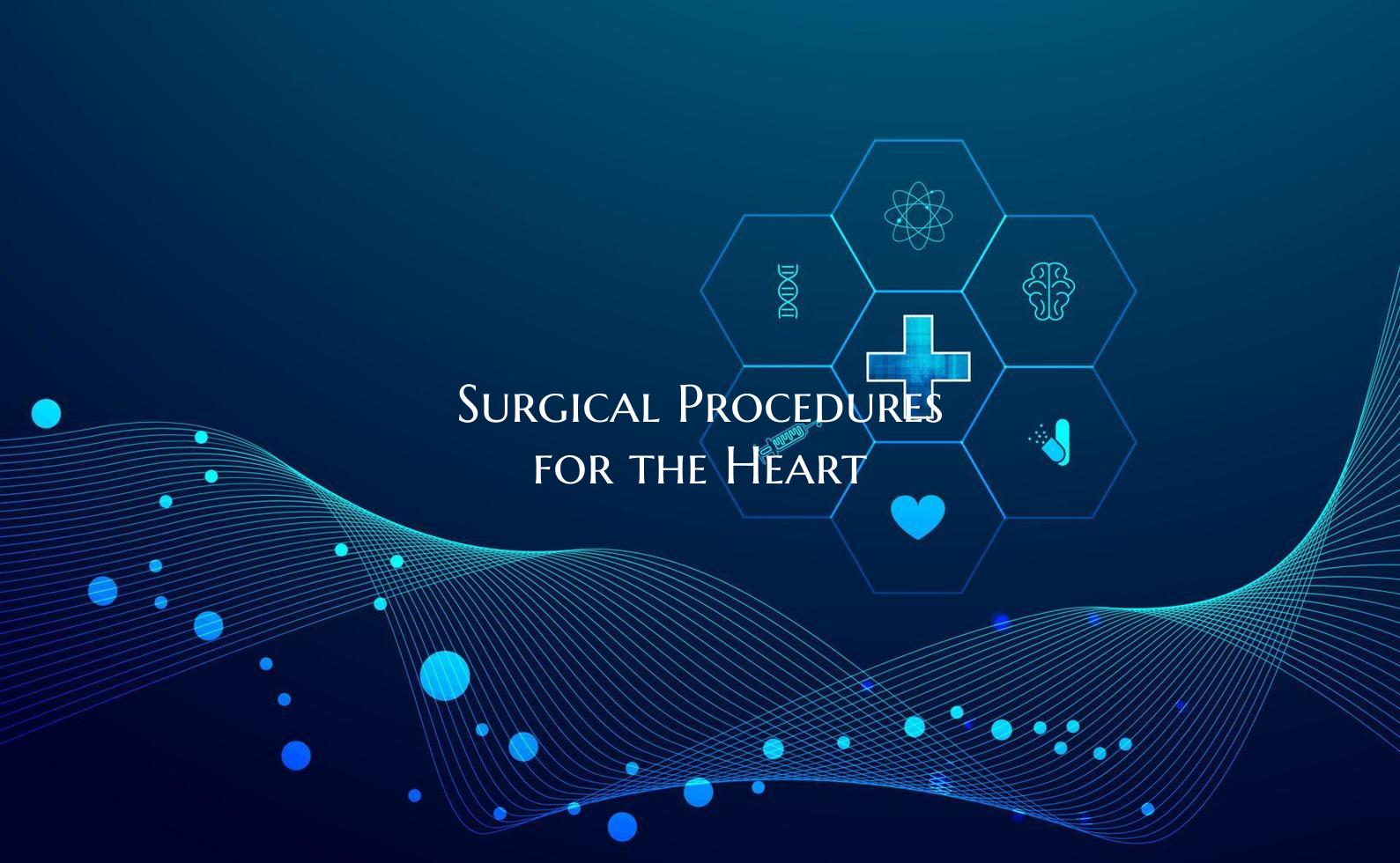
Surgical Procedures for the Heart
Introduction: Surgical procedures for the heart have revolutionized the field of cardiology, providing life-saving interventions for various heart conditions. From bypass surgeries to valve replacements, these advanced procedures have significantly improved the quality of life for patients with cardiovascular diseases. This article aims to explore some of the key surgical procedures used for the treatment of heart-related conditions.
1. Coronary Artery Bypass Grafting (CABG): Coronary artery bypass grafting, commonly known as CABG, is a surgical procedure used to bypass blocked or narrowed coronary arteries. During this procedure, a healthy blood vessel is taken from another part of the body and grafted onto the coronary artery beyond the blockage, creating a new pathway for blood flow to the heart muscle. CABG is often recommended for patients with severe coronary artery disease to improve blood flow and reduce the risk of heart attacks.
2. Valve Replacement Surgery: Heart valve replacement surgery involves replacing a damaged or diseased heart valve with a synthetic or biological valve. This procedure is performed to restore proper valve function and improve blood flow through the heart. Common reasons for valve replacement include valve stenosis (narrowing) or regurgitation (leakage). Advances in surgical techniques have made valve replacement procedures safer and more effective, offering patients a chance for a better quality of life.
3. Atrial Fibrillation Ablation: Atrial fibrillation ablation is a minimally invasive surgical procedure used to treat irregular heart rhythms in the upper chambers of the heart (atria). During the procedure, a catheter with an electrode at the tip is used to create scar tissue in the heart to block the abnormal electrical signals causing atrial fibrillation. Ablation therapy can help restore normal heart rhythm and reduce the risk of complications associated with atrial fibrillation.
4. Heart Transplantation: Heart transplantation is a life-saving surgical procedure for patients with end-stage heart failure. During a heart transplant, a diseased or damaged heart is replaced with a healthy donor heart. This complex procedure requires careful matching of donor and recipient criteria to minimize the risk of rejection. While heart transplantation is reserved for patients with severe heart failure who have exhausted other treatment options, it offers a chance for a new lease on life for those in need.
Conclusion: Surgical procedures for the heart play a vital role in the management of various cardiovascular conditions, offering effective treatment options for patients with heart disease. Advances in surgical techniques and technology have significantly improved the outcomes of these procedures, leading to better survival rates and quality of life for patients. From bypass surgeries to heart transplants, these surgical interventions continue to drive innovation in the field of cardiology, providing hope and healing for individuals with heart-related conditions.